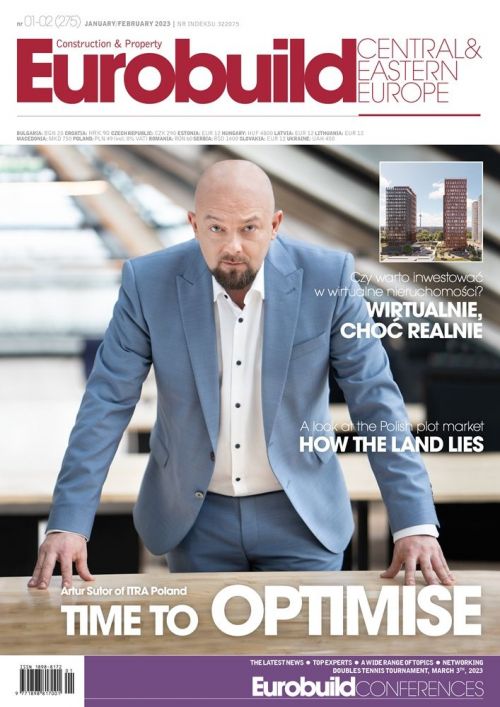In October 2021, Mark Zuckerberg changed the name of his company, Facebook, to Meta in a relaunch accompanied by a promotional video starring both himself and his own avatar. Facebook, which as just about everyone who’s ever used the internet surely knows, was at that point still one of the biggest success stories of the internet era – an all-conquering behemoth that had crushed all rival social networks. In this respect, it was emblematic of the Web2 era, when internet users had shifted from generally being passive consumers of online content to creating their own online presences, via social network profiles and blogs. We are still living in Web2, but we are also supposedly moving towards Web3 – which, with the help of blockchain technology and non-fungible tokens, could see the liberation of the internet from the control of the big tech corporations. This decentralised version of the web is one that we will increasingly “inhabit”, in the guise of our av































































